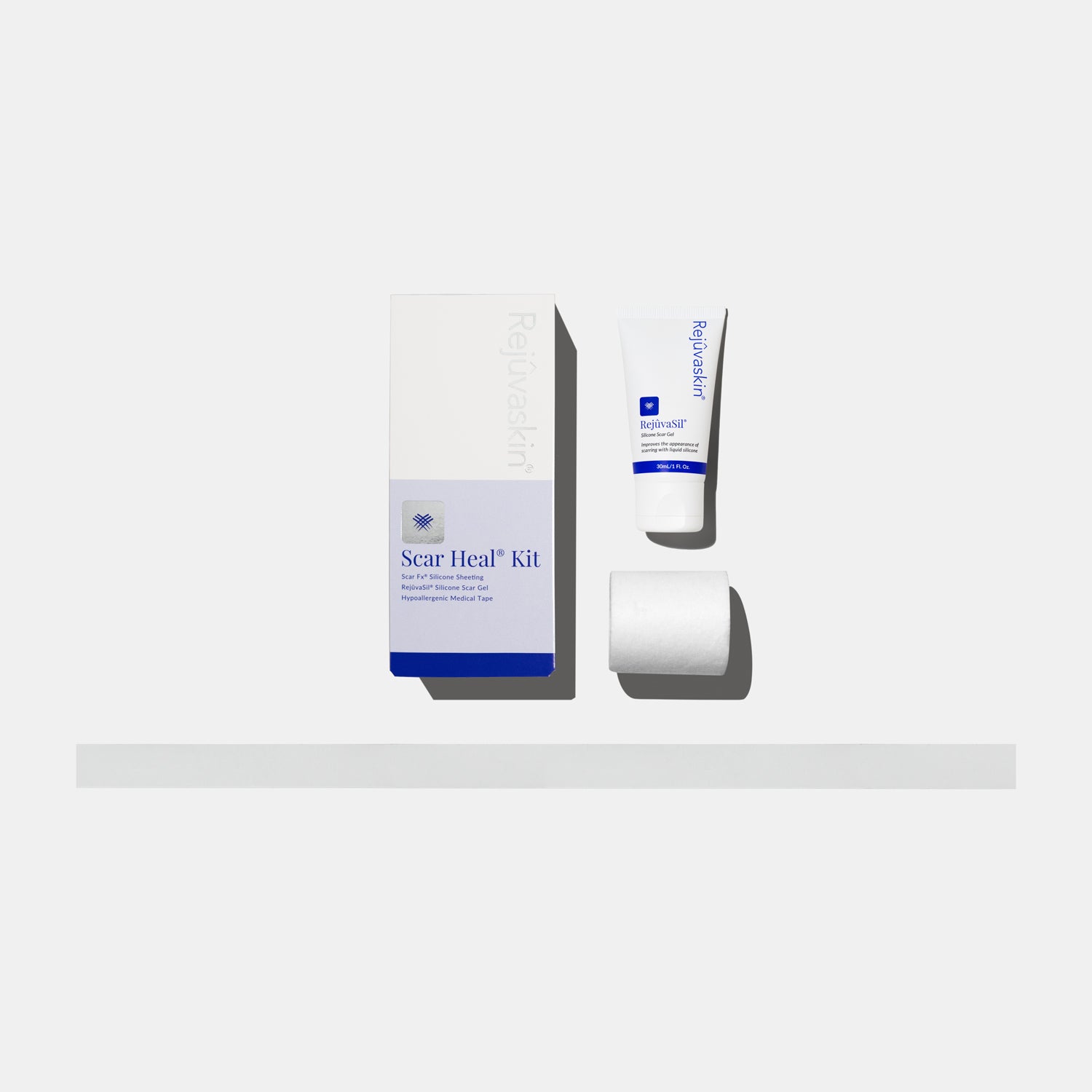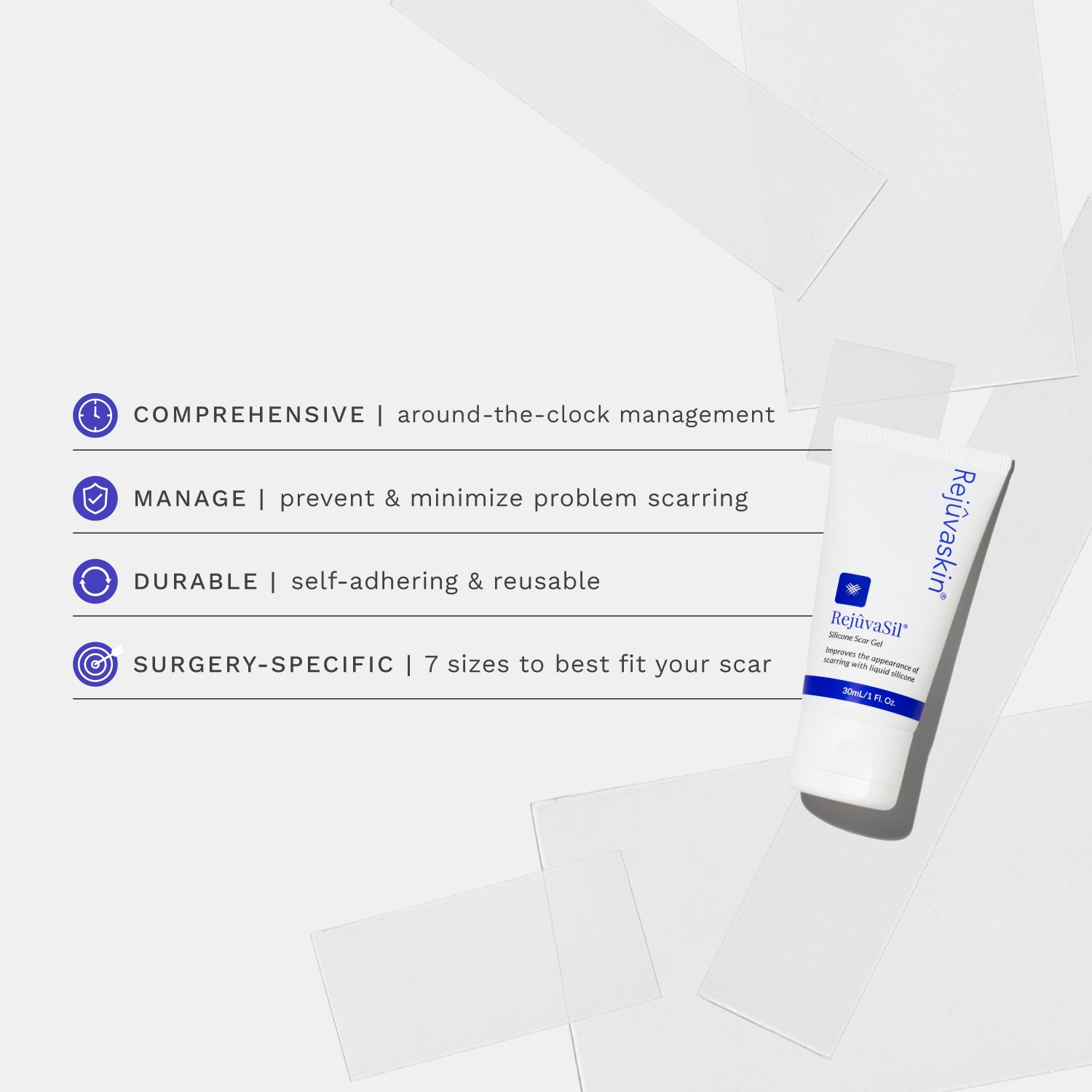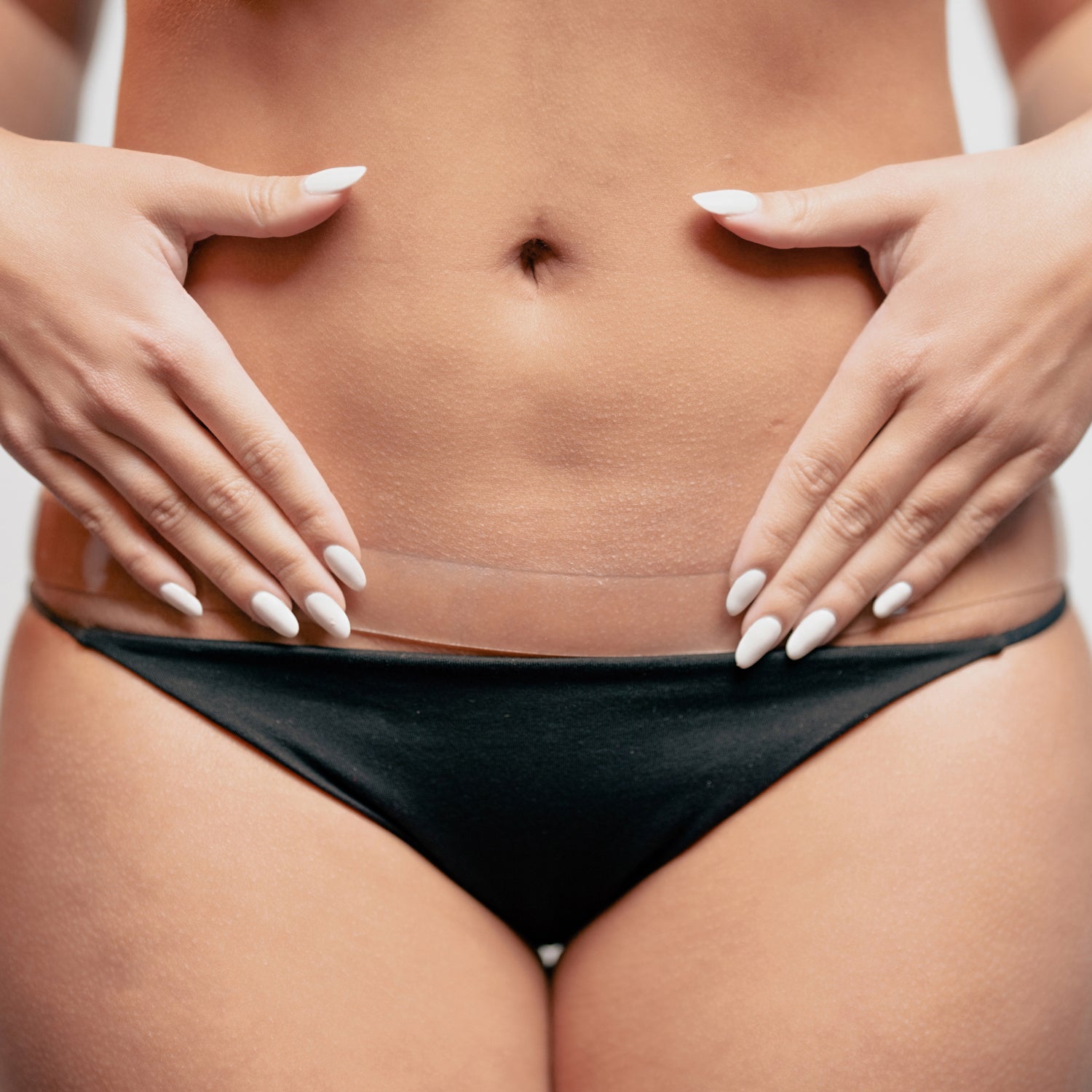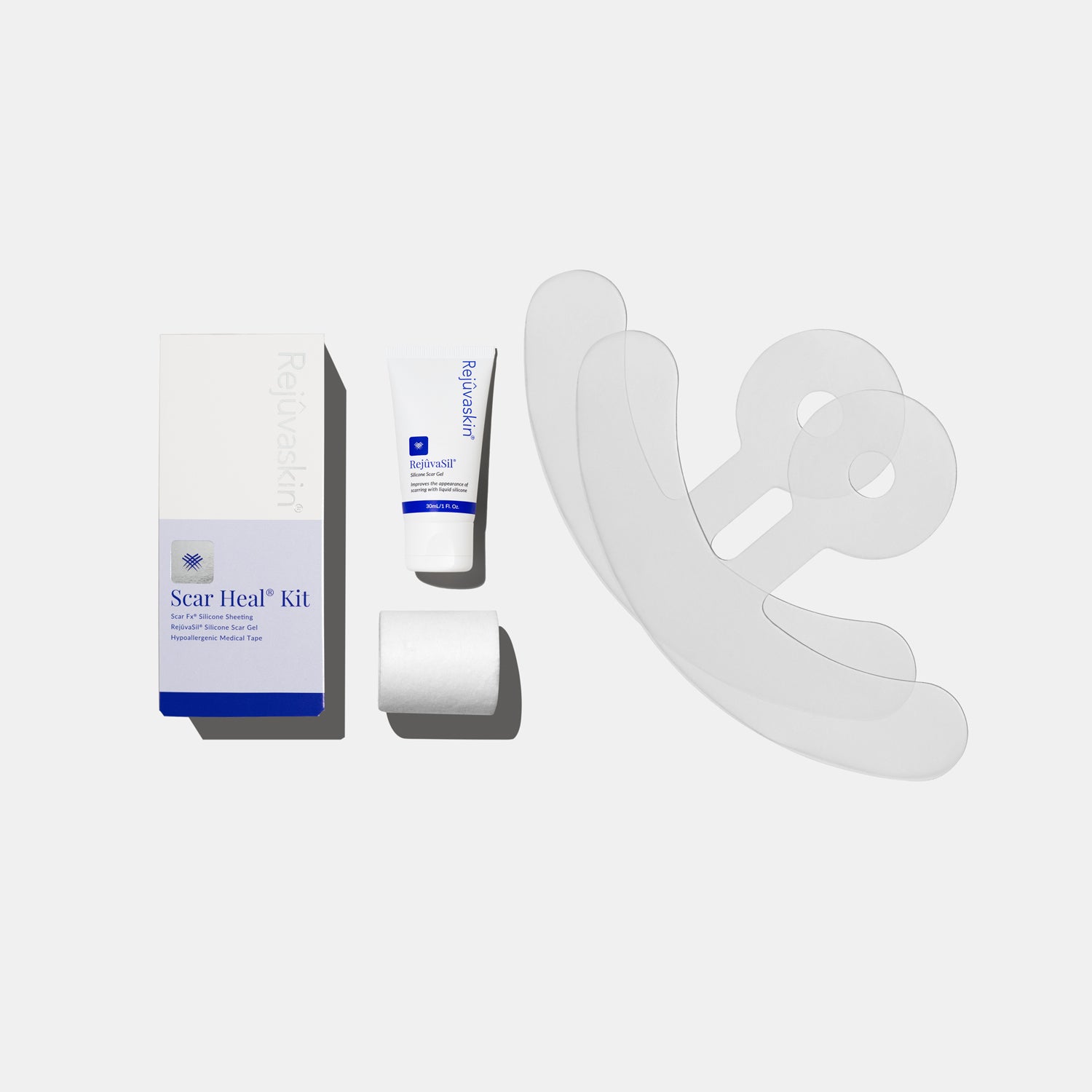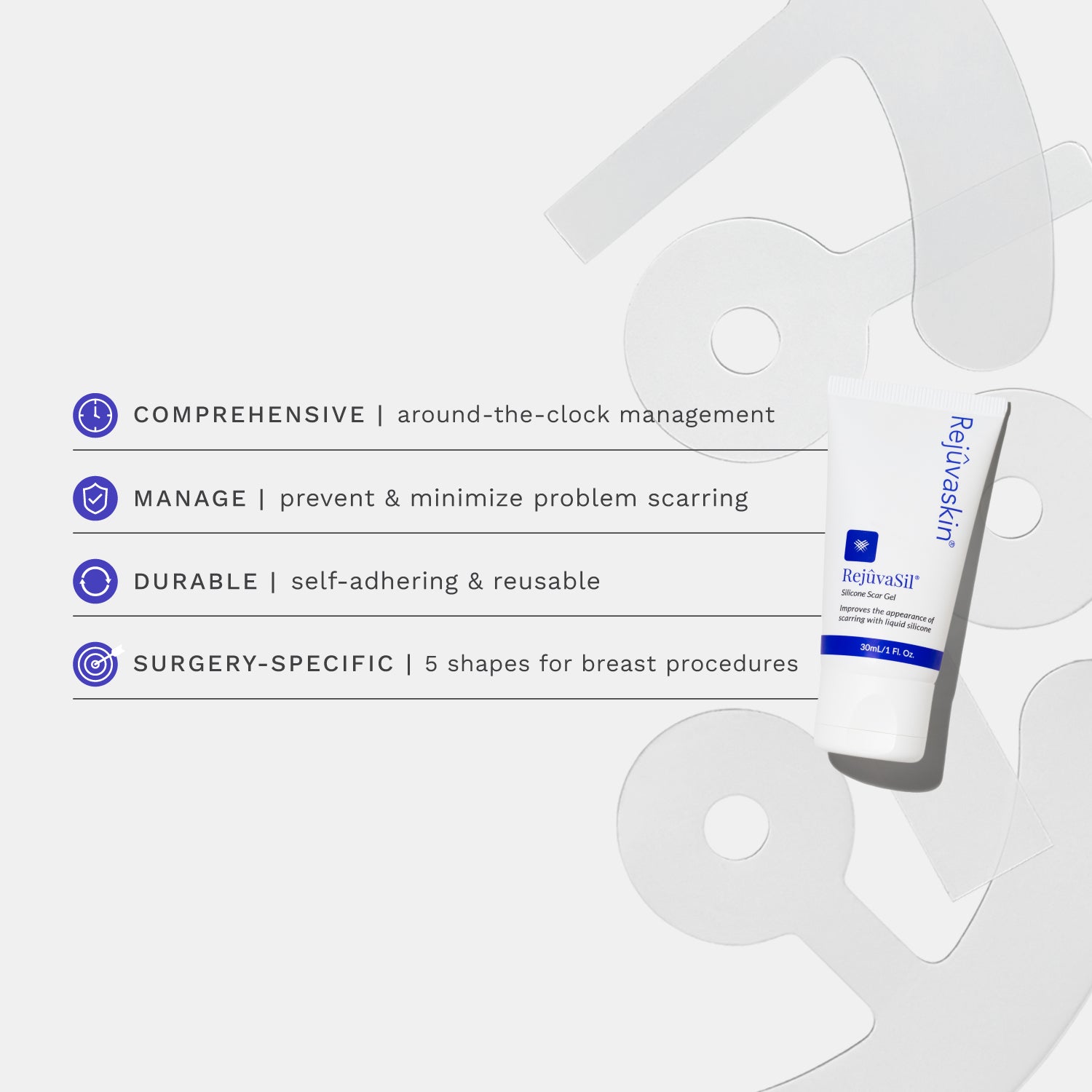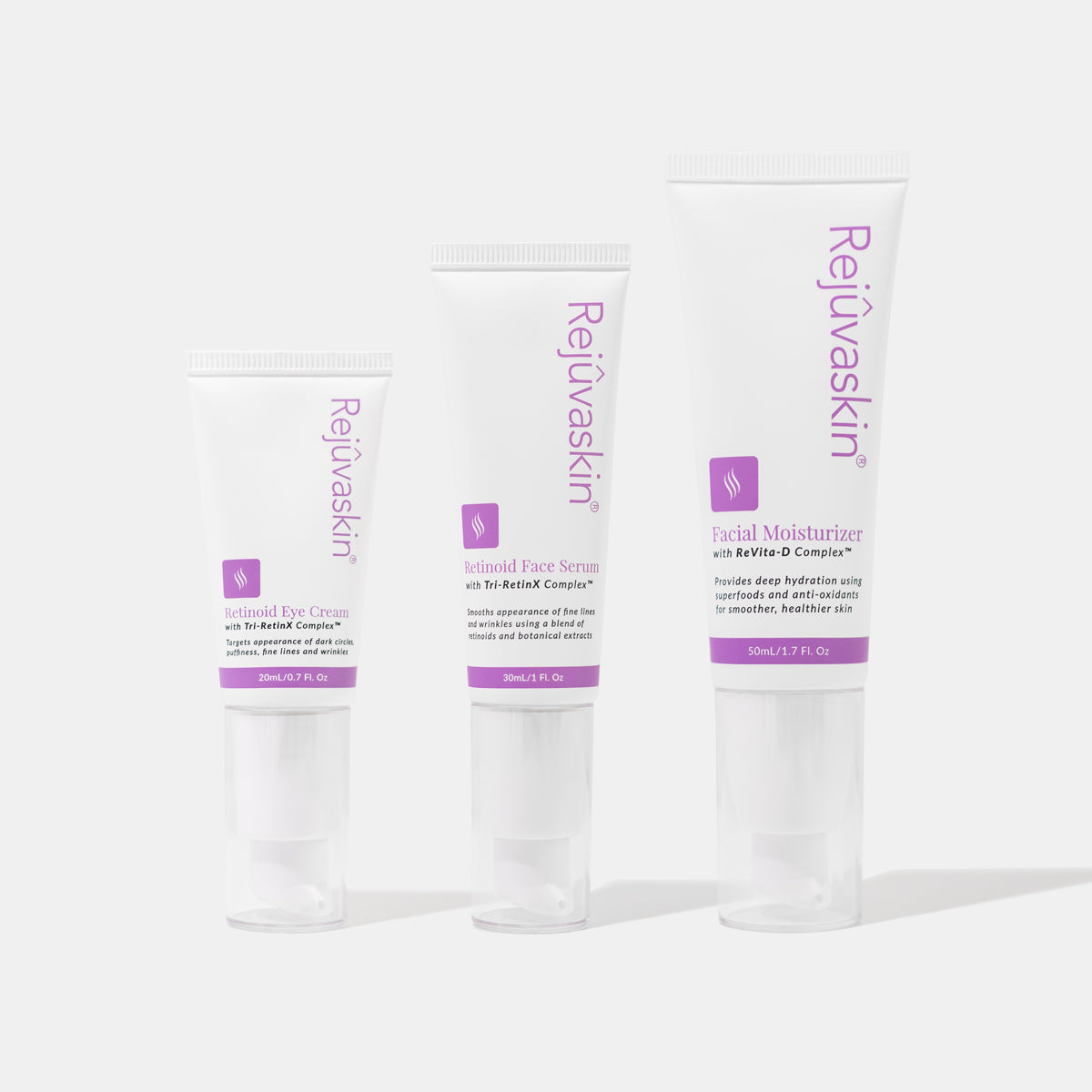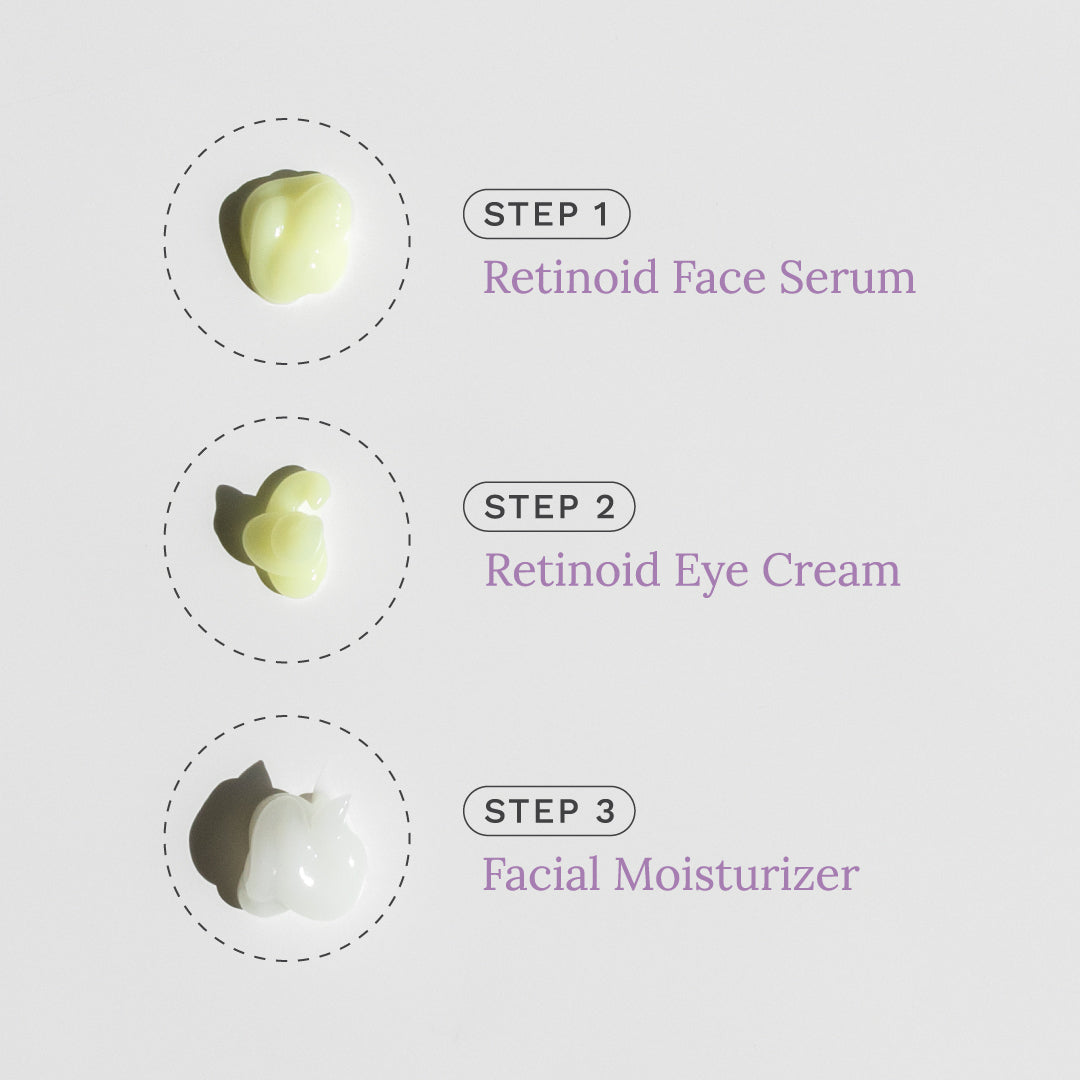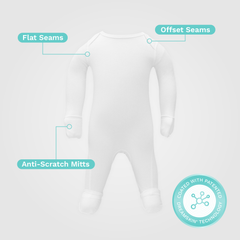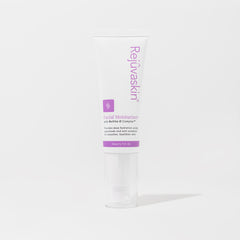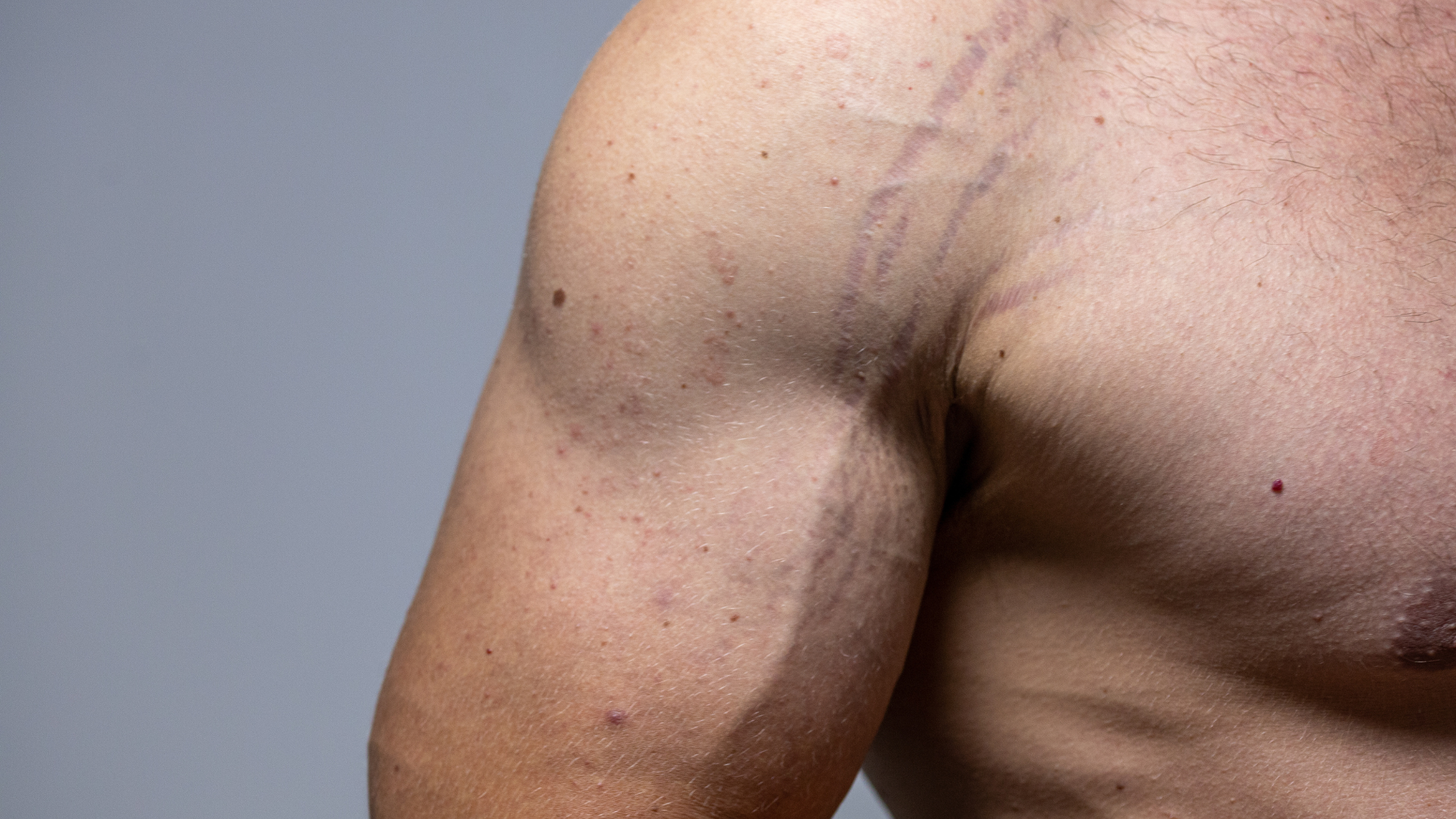For years, conversations about stretch marks have been centered almost entirely around women. But the truth is, men get stretch marks too—often from the same life events like puberty, weight changes, bodybuilding, or even rapid height growth.
It’s time to change the conversation. Stretch marks are completely normal for men—and there are safe, science-backed ways to manage their appearance without shame or secrecy.
Stretch Marks in Men: Yes, They’re Common
Stretch marks—also called striae—occur when the skin stretches faster than it can repair itself. This can happen during:
-
Muscle growth from intense training
-
Rapid weight gain or loss
-
Growth spurts in adolescence
-
Hormonal changes
While they aren’t dangerous, stretch marks can impact self-esteem and body confidence. That’s why it’s important to both normalize them and offer solutions for those who want to treat them.
Why the Stigma?
Culturally, skincare has long been framed as “feminine.” But self-care—including taking care of your skin—is not gendered. In fact, 1 in 3 men report feeling self-conscious about their stretch marks, especially on visible areas like the arms, shoulders, or lower back.
Breaking that stigma starts with education—and with brands like Rejûvaskin offering stretch mark care that’s effective, simple, and designed for everyone.
What Works? Real Science on Stretch Mark Creams
Numerous studies support the use of topical creams to reduce the severity and appearance of stretch marks, especially when applied early.
One double-blind, randomized study found that creams containing active ingredients like Centella asiatica, Vitamin E, and collagen-elastin hydrolysates significantly reduced the development and severity of stretch marks in participants with a history of skin stretching (Hernández et al., 2013).
Another landmark study on topical tretinoin (a type of retinoid) showed up to an 80% improvement in early stretch marks over 6 months, reducing both length and width of affected areas (Kang et al., 1996).
What to Look for in a Stretch Mark Cream
If you’re considering stretch mark care, here are a few ingredients to look for:
-
Centella Asiatica – A plant extract known to support collagen and elasticity.
-
Vitamin E – Helps nourish and protect skin.
-
Peptides and botanical oils – Promote repair and softness.
-
Hydrating bases – Like shea butter or cocoa butter to support skin barrier health.
Why Men Like Rejûvaskin’s Stretch Mark Cream
Rejûvaskin’s Stretch Mark Cream is designed for real-life use: it’s fast-absorbing, non-greasy, and fragrance-free—perfect for guys who want results without a complicated routine.
Whether your stretch marks came from training, transformation, or time, this cream helps support skin elasticity and reduce the appearance of scarring—without any cosmetic fuss.
How to Use It (No Frills Needed)
Apply twice daily to affected areas—ideally after a shower when your skin is still slightly damp to help lock in moisture. Massage gently into the skin in a circular motion until fully absorbed. Stick with it consistently and expect visible improvements in 6–12 weeks.
Normalize It, Treat It, Move On
There’s no shame in having stretch marks—and no shame in wanting to improve them. Stretch marks are human, and skincare is for everyone.
With Rejûvaskin’s Stretch Mark Cream, men now have a dermatologist-recommended, science-supported way to take charge of their skin’s story.
Works Cited (APA Style)
-
Hernández, J., González, D., Castillo, M., & Falcón, T. (2013). Use of a specific anti-stretch mark cream for preventing or reducing the severity of striae gravidarum. International Journal of Cosmetic Science, 35, 233–237. link
-
Kang, S., Kim, K. J., Griffiths, C. E., Wong, T. Y., Talwar, H. S., Fisher, G. J., Gordon, D., Hamilton, T. A., Ellis, C. N., & Voorhees, J. J. (1996). Topical tretinoin (retinoic acid) improves early stretch marks. Archives of Dermatology, 132(5), 519–526. link
